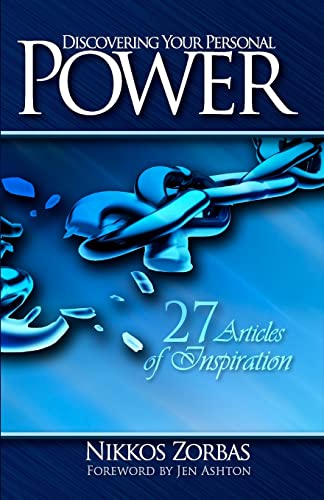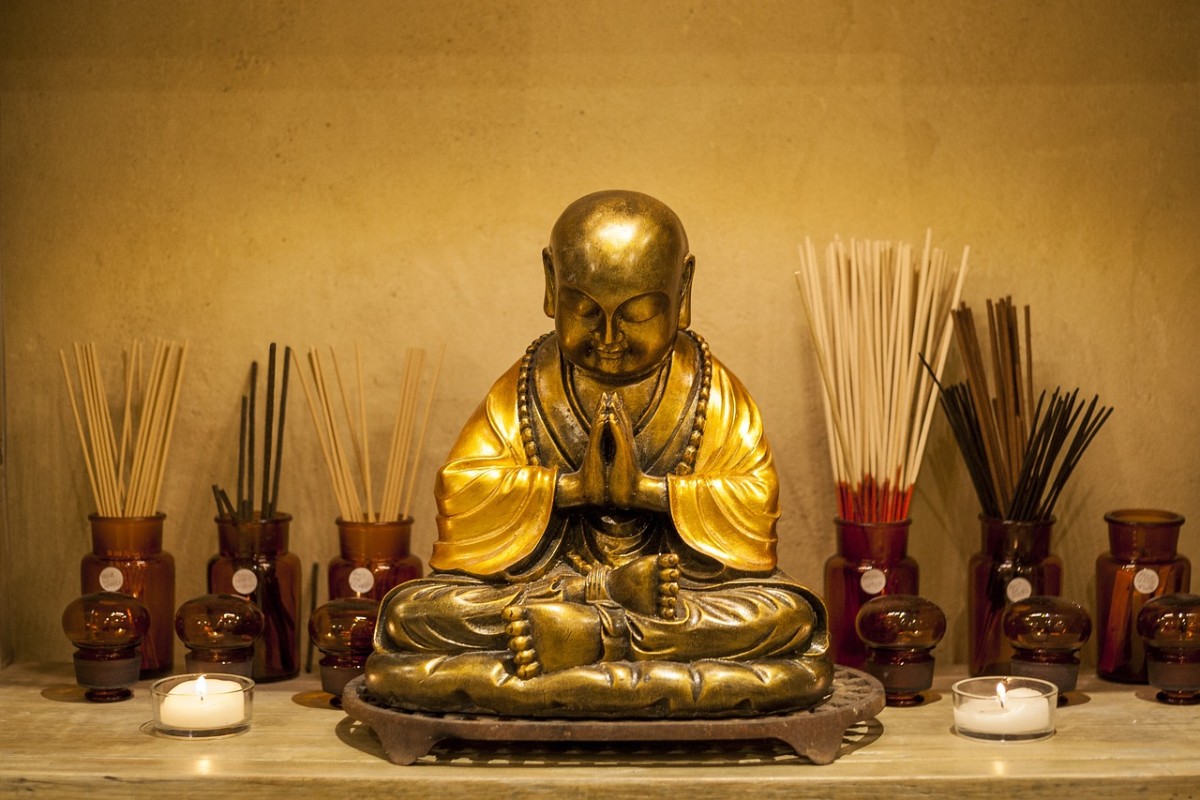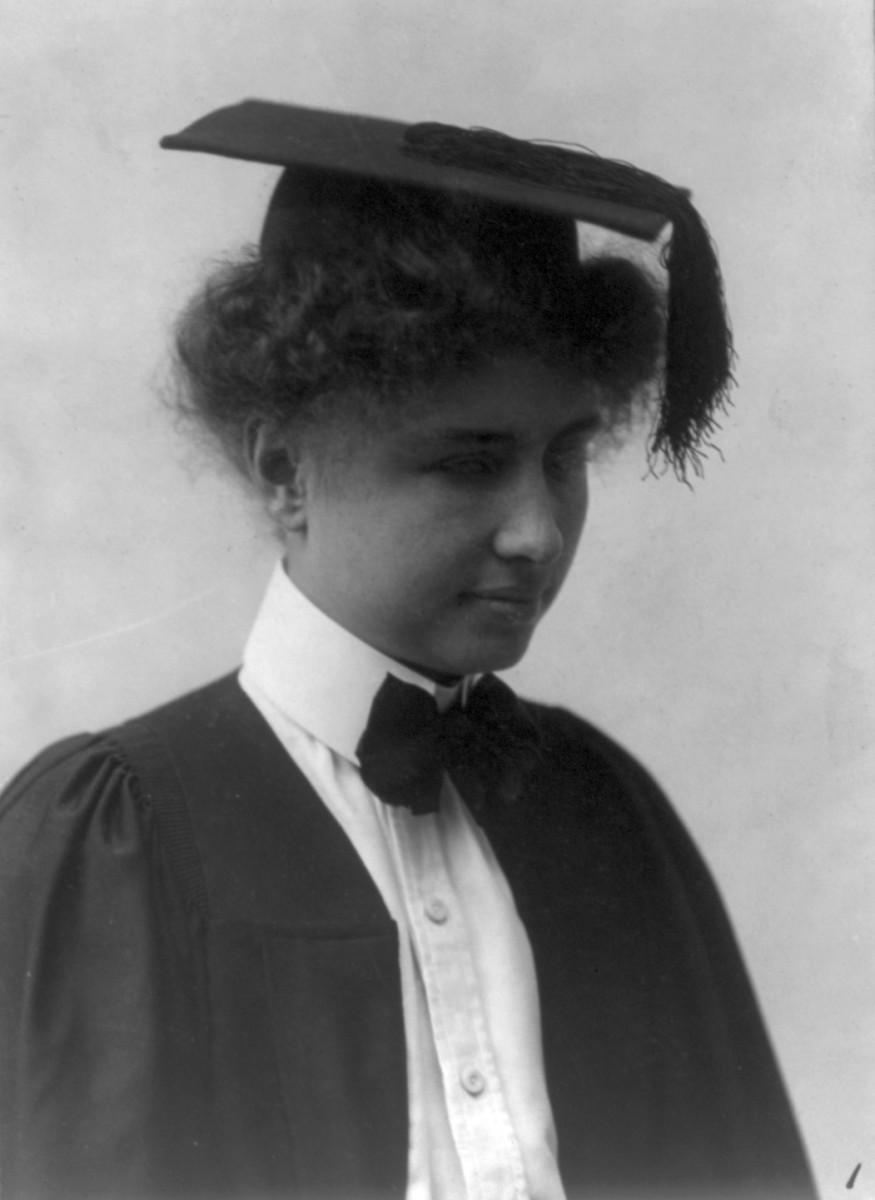How to Gain and Maintain Your Personal Power

The Human Experience. Millions of souls in human body and consciousness wandering around in search of two things. That’s it. Only two things.
Thing one, is get our needs met. Thing two, is to gain and maintain personal power. Everything else falls under these two – I guess you could call them – activity headings. Come to think of it, to gain and maintain personal power is a need so we, as humans being, are doing nothing but trying to get our needs met, one way or another. And if we don’t know how to get our needs met in healthy ways, we find unhealthy ways.
Oh, we will find unhealthy ways, yep.
But I digress.
For most of us, to consider gaining and maintaining personal power in a healthy way is a matter of choosing to undergo a whole re-thinking process. This is because we were not taught, as children, the importance of personal power, but rather the focus was on manners and how we looked as reflections of our parents. We were also taught that other’s needs and personal power were more important. Anything different was considered “selfish”.

So, what is personal power?
In the simplest of forms, personal power is a set of beliefs, an understanding of those beliefs and a responsibility for those beliefs. If these beliefs are in place, everything else about us falls into place. Think of these beliefs as our control center. In someone who maintains personal power, they should sound something like this:
I believe whatever I am feeling at any point in time is the right feeling.
I believe no one can tell me what I’m feeling is wrong.
I believe no one can tell me what to feel or how to feel.
I believe that I have the right to think for myself.
I believe that no one can tell me how to think or what to think.
I believe that I have the right to make my own decisions.
I believe I have an understanding of what I can and cannot control.
I believe I am responsible for my own thoughts, feelings, decisions, actions and reactions.
I believe I am not responsible for other people’s thoughts, feelings, decisions, actions and reactions.
I believe that I only have the right to make changes in myself and not others.
I believe the only thing I can control about other people’s actions is my own reactions to their actions.
When we incorporate this set of beliefs into our core being, we are able to set corresponding boundaries with ourselves and with others. With these boundaries, others will not be able to make us feel silly for our feelings and thoughts, or believe them if they call us over-reactive or over-sensitive. Others will not be able to change our minds about decisions we have made. This all might sound basic, but it’s powerful stuff.
Only you know the right path for yourself – no one else – not your parents, not a therapist, not a priest. These beliefs ensure that no one will, or can, knock you off your path. This is the only way you can be happy and success in this life.
Of course, there can be barriers to achieving personal power. The strongest barrier can be stated in a simple formula. What we are exposed to as children, what we experience as children and how we as children interpret the exposure and experience will be considered as normal and therefore, we are more likely to allow it in our lives as adults. For example, if a young girl grows up watching her mom give up her dream of becoming, say, a writer because her dad continually stated it was a waste of her time, then said little girl when becoming as adult, is more likely to be influenced by her own partner if the partner wasn’t supportive of her dream.
Each generation tends to be able to break away a little more from parental influences as our society, especially through the media, continues to share the message of individual choice, but many carry on this multi-generational disease while being controlled by guilt. And guilt has a power all its own.
Which brings us to another prevailing barrier to achieving personal power, the false impression that one individual has the power to make another individual feel. Unless of course, one can become microscopic, climb into another’s ear and press a button in the other’s brain, one cannot make another feel. For most of us this illusion is the norm. The conditioning began as soon as we were able to understand what our parents were saying. We might have heard an angry parents yell something like, “Oh Suzie! Stop yelling! You’re giving me a headache!” Little Suzie does not have the power to give her parent a headache. It is the parent’s reaction, the parent’s belief about a child making noise that gives the parent a headache. However, at that moment Suzie learns she has the power to make her parent angry and cause a headache. So, if Suzie can cause the anger and the headache, Suzie must be able to cause disappointment and hurt. And Suzie does not want to disappoint her parents. So Suzie will do what she has to in order to avoid those feelings. Suzie will do whatever her parents want. And guess what? Suzie will probably end up in a relationship with someone who will be able to tell Suzie what to do as well.
The only way we are responsible for causing another to feel is if we intend to cause the feeling. If we intend to hurt someone’s feelings or intend to make someone angry then we are responsible. If we are merely expression our feelings and standing up for ourselves, the other’s reactions are simply the other’s choice.

We have two very potent, internal tools....
We have two very potent, internal tools that can be quite effective in helping us gain and maintain personal power. Often these tools, through similar conditioning are stifled and stunted in our upbringing.
The first tool is our intuition, our gut feeling, the little voice in our head. We are all born with the power to feel from inside us what is right for us and what is wrong for us. Using our intuition requires us to have faith in ourselves. However, were you ever told as a child that your parents were not arguing but just “discussing things” when you knew they were arguing? Did you ever express that you felt there was someone else in your bedroom that no one can see and your dad dismissed you, mumbling something about an over-active imagination? (By the way, most children under the age of 8 can see spirits.) These seemingly innocent comments from the adults picked away at our intuition until we made a habit of second-guessing the best friend we could ever had, our sixth sense. So as adults, we’ve learned to make life-altering decisions strictly by mental process… and let’s not forget the almighty guilt process.
The second inner tool we own is our emotional guidance system. If we were to look at this system on a piece of paper, it would look like a list of feelings starting at the top with joy, empowerment, freedom, love, and moving down the list of gradually lesser positive emotions. In the middle would be something as neutral as numb, then lowering gradually into perceived negative emotions, finally ending with fear, depression and powerlessness. It is very important to always know what we are feeling at any given time so we can utilize the scale to identify what kind of situation we are in. If we are feeling a strongly positive emotion, then we know we are in a positive, energizing situation. We are on track; on our path. If we are feeling a negative feeling such as anger, anxiety or fear, we know we are in a situation where we need to make a change or get out.
Many of us have very little idea of what our needs are. We simply were not raised to value the importance of knowing what we need in to keep us happy and empowered. One way to help make these crucial discoveries is to look at our lives in categories. Some commonly shared categories include: tying up loose ends, down time, social interaction, physical release and activity, creative expression, expression of emotion, mental stimulation, intimacy, production towards goals. If we were to identify 1 to 3 activities for each category, and give ourselves the permission to accomplish these activities, we would feel a sense of balance come over us.
Once we learn to gain an effective level of personal power, it can be quite a challenge to maintain it, to own it, to keep it all for ourselves. We often can fall into old patterns and many times those old, familiar patterns include allowing others to steal that precious, hard-earned energy. There are several ways others can steal our power. The ways power is stolen from us are usually the same ways the adults stole our power when we were kids.
We always have to remember that, as was mentioned in the first paragraph, we as humans being go about life finding ways to meet our needs. And if we haven’t learned how, if we don’t believe we can achieve this in healthy ways, we will go about doing this in unhealthy ways. Think of a drowning person. If you were to swim out, into a lake to save a drowning person, the worst thing to do is approach this person directly, face to face. If you do, this panic-stricken person will attempt to climb you in order to stay above surface. The problem with this is that this climbing will cause you to go under. A person, who feels low in personal power and does not know how to gain and maintain it on their own, will push you down to keep themselves up, energetically that is.
There are four main strategies we tend to use to steal another’s power: by using fear and intimidation, by using criticism, by using guilt and by using emotional distance. The latter strategy includes a purposeful use of lies, secrets, withholding information, and not showing emotion.
To maintain personal power on a regular basis, we need to exercise self-care on a regular basis. For everyone, the description and prescription of self-care is different simply because, for each one of us to take care of ourselves, we need to learn how to take care of our own personal needs. If we can consciously identify those needs then go about getting them met in healthy ways, we will receive rewards, and not consequences. This, we need to do on a daily basis. Sounds like hard work? Pre-occupying? Time consuming? Well, yes maybe. But how pre-occupying and time consuming is living with guilt, dealing with drama, burying anger, taking responsibility for and dealing with other people’s anger, nursing a headache, or even becoming trapped in an abusive relationship?










